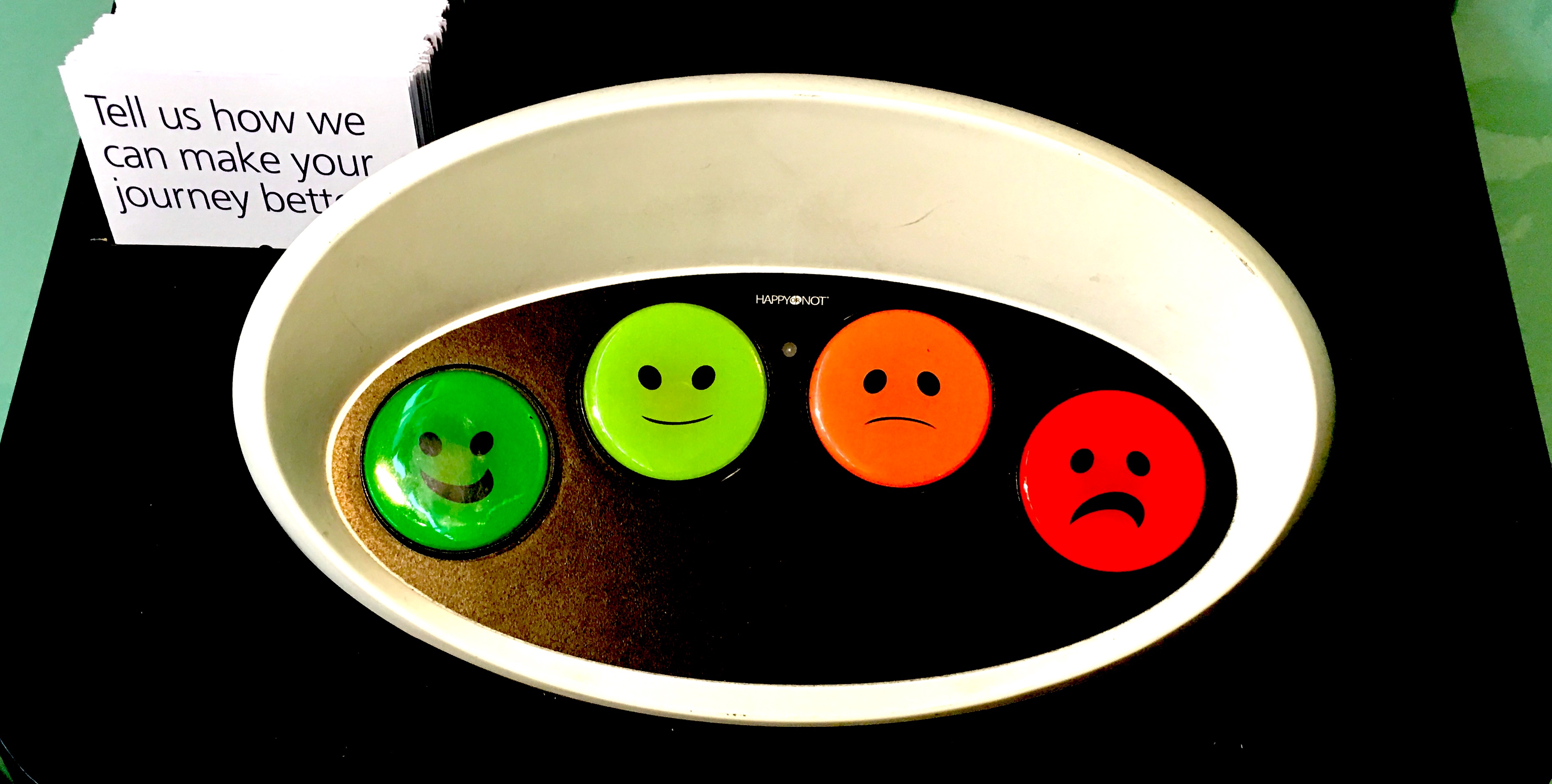When people attend a workshop, they invest time or money or both. Thus, it should be in the interest of the organiser, trainer or facilitator to provide this value. To find out if the expectations of the participants are met, their feedback is invaluable.
Thus, often the facilitator hands out a feedback questionnaire at the end to receive detailed feedback. As the participants want or need to leave, the return rate might be small or and the feedback less comprehensive or less meaningful. Besides, this feedback is received at the end of the workshop, and hence the facilitator can’t take immediate countermeasures. Ideally, the participants provide feedback not only at the end but during a workshop. This feedback also shows that the facilitator addresses the feedback of the participants.
Retrieving Feedback during a Workshop
I collected a couple of methods that I have used to receive (fast) feedback during (breaks of) a meeting or workshop.
- Stand in the circle – each participant briefly tells what they liked and what not. You can throw a ball to the person that then starts. This person gives their feedback and throws the ball to someone else, who in turn gives their feedback. Do not start a discussion, just take the input. If you want more details on a response, ask the person afterwards. This is also a good warm-up exercise after a break.
- As above, but this time ask the participants to use the scheme “So far, I give this workshop 8 out of 10 points, because …. I would give it 10 points when …”.
- Hand out post-it notes and ask the participants to jot down a positive feedback for one minute (set a timer). Then ask the participants to write down what they would like to improve. Even if the time is tight, you will receive what was the most important to the participants.
- Same as above, but ask the participants to jot down their key takeaways of the workshop so far. This way you can find out if you got your message through. If you see any discrepancies, briefly repeat the relevant topics differently or ask participants to summarise them.
- Use the Happiness Door template by Jurgen Appelo. It shows how happy the participants are with the workshop so far. Hand out post-it notes and ask the participants to fill the template (or let them write directly on the template) during the breaks. Of course, you also could use templates you know from retrospectives, such as mad/sad/glad and others. As it is feedback about the workshop they are attending (and not about the last Sprint) is is easier for the participants to provide feedback fast.
- Make some statements and let the participants rate them on a short scale (“do not agree” to “fully agree”) with a pen or sticky dots. These statements can depend on the current part of the workshop.
- Place a Return on Time Invested (ROTI) chart at the exit of the room (The improvement part is optional). I often only use a DIN A4 size paper where people can mark a dot with their pen, as it is easier to place. Take up on the results after the break, if the participants see a small return on their time invested.
Learnings
- Before the workshop, ask people to provide feedback and briefly explain the template (if you decide to use one). The participants might pay more attention as they want to give you good feedback. It also shows that the organiser is open to feedback and needs their help, which can build empathy.
- Place Sticky Notes and pens on the table, so that participants can down impressions of the meeting during the workshop when it comes to their minds.
- Make sure to leave enough time for feedback before or after the breaks.
- Read the feedback during the breaks and address the criticism afterwards, especially if it is raised by more than one person. If something is unclear, ask the participants (as sometimes the writing or the meaning is not clear).
- In a very rare case, it might happen that you receive a lot of negative feedback during a workshop. If you feel stuck – ask the participants how you should proceed. However, this can always be avoided by a good preparation (more on this in another post).
To me, feedback is extremely valuable to become a better trainer or facilitator. Besides, it places some positive pressure on me to provide a valuable workshop and invest a significant amount of time in the preparation.
Further Reading
- Happiness Door (Management 3.0)
- [amazon asin=0321712471&text=Management 3.0] by Jurgen Appelo
- [amazon asin=1119268680&text=Managing for Happiness: Games, Tools, and Practices to Motivate Any Team] by Jurgen Appelo
- [amazon asin=9081905112&text=How to Change the World: Change Management 3.0] by Jurgen Appelo
- Find out about other Management 3.0 practices in this blog
- One year – Learning By Playing Meetup - 28/10/2018
- Impact Feedback - 13/03/2018
- T-Shaped Game – Consontants and Vowels - 24/01/2018
